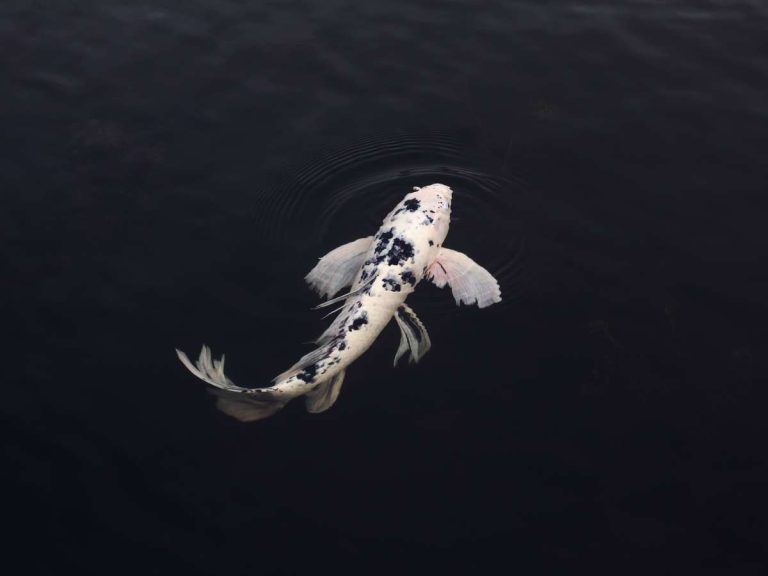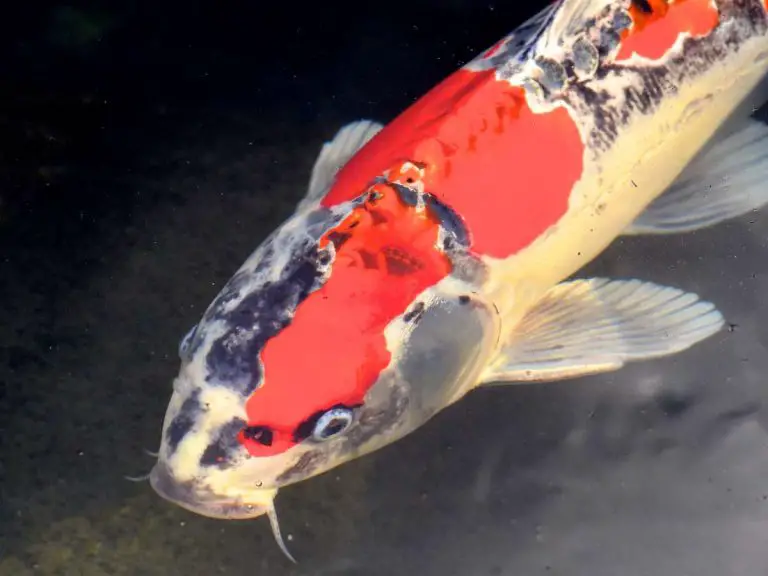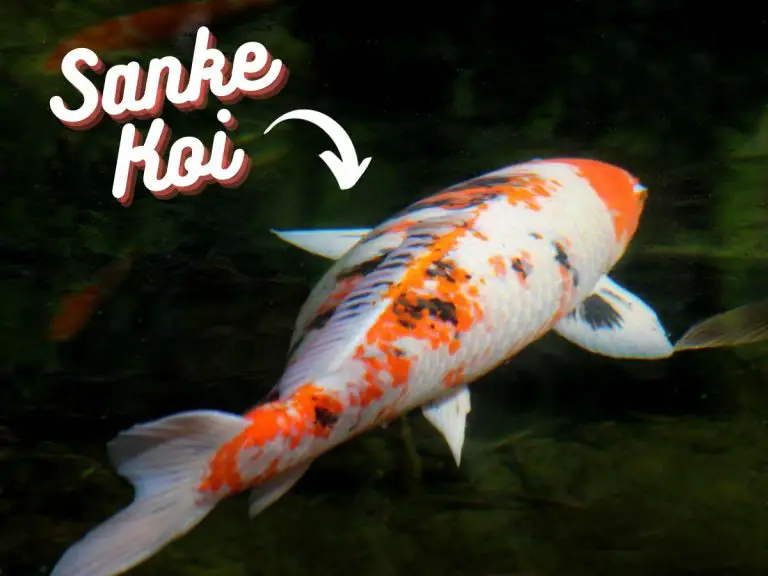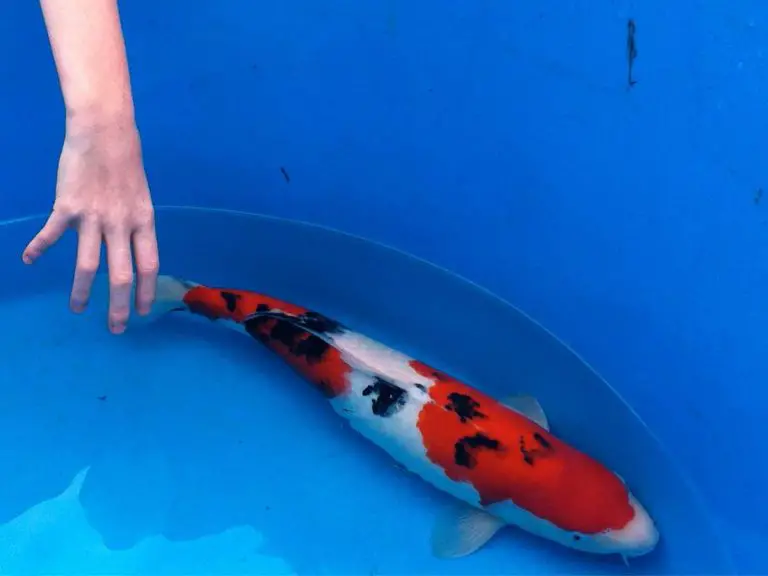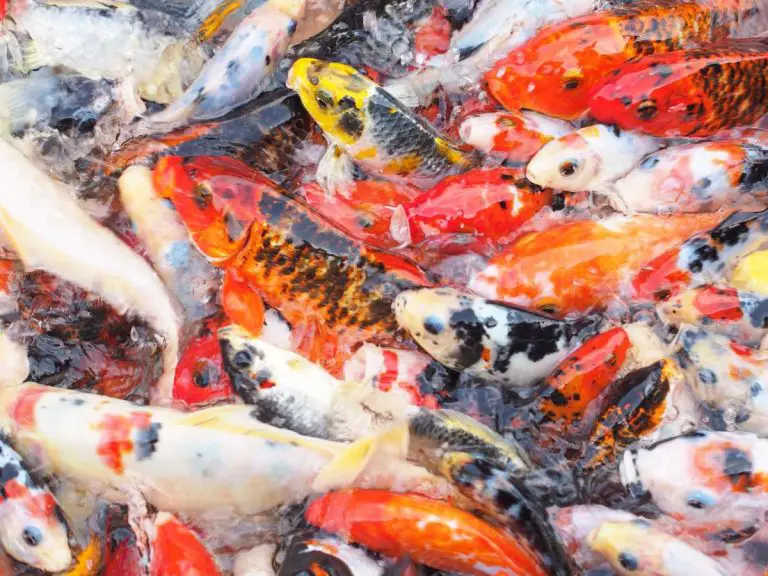Is Koi Fish Farming Profitable?
If you’ve ever thought about starting a Koi farm business, you’re not alone. In recent years, commercial Koi farming has grown in popularity, with everyone from small family run businesses to large corporate operations getting a piece of the action. This is why so many people want to know: is Koi fish farming profitable?
To put it simply, yes, Koi farming can be very profitable, especially if you breed unique or rare Koi varieties. But there’s a lot more to consider than a simple yes or now answer, like how much it costs to get started, market conditions, pond maintenance equipment, and profit margins.
Let’s get right into this very interesting topic and hopefully answer all of your questions.
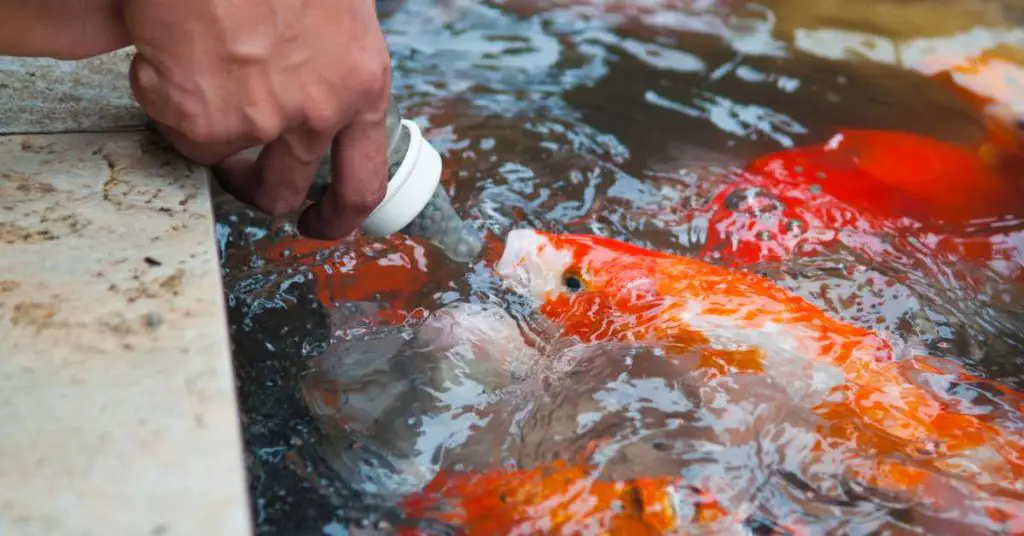
Understanding Koi Farming
In starting and managing your Koi farm, there are some initial steps you’ll need to take:
- Research: Understand the koi farming industry, market demand, and profitability.
- Business Plan: Develop a detailed business plan outlining your strategy, costs, and projected earnings.
- Land Acquisition: Find suitable land for your koi farm. Consider factors like soil quality, water source, and location.
- Pond Construction: Design and construct ponds that provide the right environment for koi to thrive.
- Equipment Purchase: Invest in essential koi farming equipment such as filtration systems, aeration devices, and feeding tools.
- Koi Purchase: Buy high-quality koi fish to start your farm.
- Maintenance: Implement a maintenance schedule for feeding, cleaning, and health checks.
- Marketing: Develop a marketing strategy to attract customers and grow your business.
Koi farming is all about breeding and rearing koi fish, those vibrant ornamental carp you often see in decorative ponds. They’re a hot commodity in landscaping and interior design, making koi farming a potentially lucrative business. But it’s not as simple as just breeding the fish. You’ve got to nurture them to maturity, keep their water clean, and ensure they stay healthy. Sounds interesting, right? Let’s delve deeper into the specifics of koi farming.
Startup Costs for a Small Koi Farm
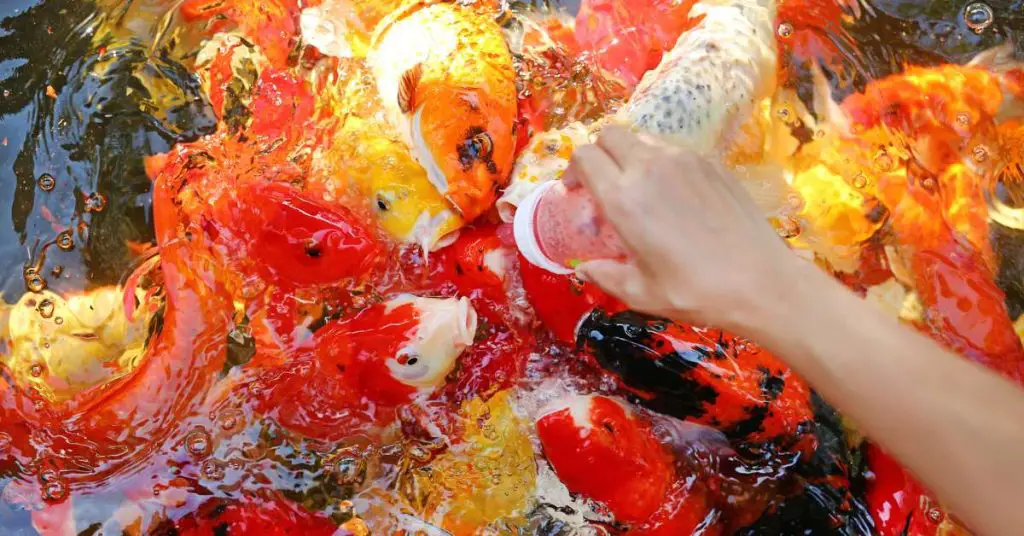
| Expense Category | Estimated Cost |
|---|---|
| Land Down Payment: | From $20k – $50k |
| Pond Excavation and Construction: | $30k – $60k |
| Koi Farming Equipment: | $30k – $90k |
| Initial Koi Fish Purchase: | $5k – $10k |
| Miscellaneous (permits, insurance, etc.): | $5k – $10k |
| Total: | $90k – $220k |
Starting a Koi farm will always begin with a large initial investment. Generally, this means costs ranging from $80,000 to over $200,000—so, not cheap. This includes the down payment on land, excavation and construction of the pond, and the purchase of essential koi farming equipment.
The quality of the soil the pond is constructed on matters a great deal because the soil can have a direct impact on the health of the Koi. Plus, you’ll need to invest in filtration systems, aeration devices, and feeding tools.
Of course, you can’t forget the initial purchase of Koi that you’ll use for breeding as well. If you don’t have a local Koi dealer near you, you can always buy Koi online and have them shipped directly to you. For a list of the most reputable online Koi sellers, check out my complete guide.
With that in mind, let’s break down how to manage these costs effectively, and the earnings potential of your farm.
Potential Earnings from a Small Koi Farm
Now, let’s talk about the potential earnings. The species of koi you farm can influence the prices you can charge. On average, koi fish might fetch about $7 per pound wholesale.
Once you factor in labor and maintenance, as well as fish food, the costs start to add up. That said, your profit margin will still be around 40% in most cases, which isn’t bad.
In the first 1-2 years, a small Koi farm operation can sell 2,000 pounds of Koi per month, which turns into about $150k-$200k in annual revenue. Assuming a 40% profit margin, that equals anywhere from $60-$100k profit per year when you factor in costs.
When your Koi farm starts to grow, with the right market conditions, sales can easily go up to 3,000 pounds per month. With an annual revenue anywhere in the ballpark of the previous example, that could net you a profit of $100k per month.
Challenges in Koi Farming
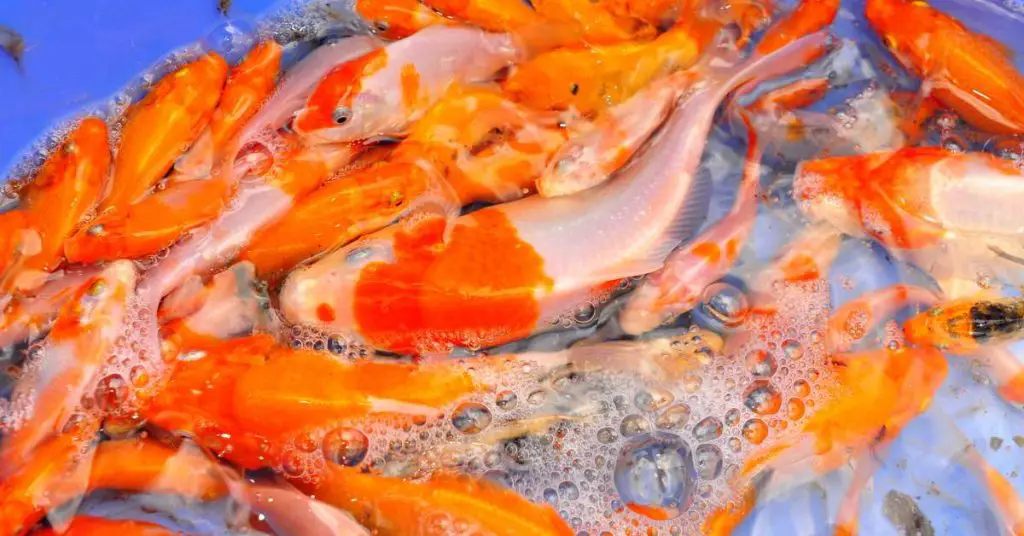
Before you get too excited over the pretty generous profit margins in Koi farming, let’s discuss some of the challenges you’ll face.
Of course, Koi farming comes with its own set of difficulties, including high startup costs. Plus, mastering the processes of koi farming takes a long time, and in the process you’ll probably end up wasting some or all of your initial supply. Finding suitable land for your Koi pond is a big hurdle as well.
Koi farming is also subject to risks such as disease outbreaks and changes in the price of Koi on the open market. These challenges just highlight the importance of a good business plan and in-depth research before even thinking about starting a Koi farming business.
Let’s discuss these challenges in detail to figure out if you’re up for it.
The Realities of Koi Farming
Koi farming sounds idyllic, but the reality is no stroll in the garden—it’s a significant investment of time, effort, and mental energy.
Running the daily operations of a Koi farm is hard work, and involves everything from monitoring the health of your Koi, to making sure they get fed the right amount every day. Without proper planning, and a good amount of help, a growing Koi farm operation is sure to crash and burn.
Also, it’s important to keep in mind that Koi prices change with the fluctuations of the open market, and often unpredictably. These prices reflect both the market for Koi in general, but also the faith the average consumer has in the economy overall.
While profit margins are generally high enough to absorb these fluctuations, it’s still important that a Koi farmer be adaptable to changes in the market.
Starting A Koi Farming Business: Highlights
- Koi farming can be very profitable, with potential earnings influenced by factors such as the quality of the fish and market demand.
- Koi farming involves breeding and rearing koi fish, maintaining their health, and ensuring optimal water quality.
- The startup costs for a small koi farm can range from $80k to over $200k, including land down payment, pond construction, and essential koi farming equipment.
- The potential earnings from a small koi farm can be substantial. For a small Koi farm selling 2,000 pounds of Koi per month, that can be anywhere from $150k-$200k in annual revenue. This could equate to a profit of $60-$100k per year, assuming a 40% profit margin.
- Koi farming comes with challenges, including high startup costs, mastering the processes of koi farming, finding suitable land, and risks such as disease outbreaks and market fluctuations.
- Despite the challenges, koi farming can be a rewarding and fulfilling venture, both in terms of profitability and lifestyle.
Related Questions
Is It Profitable Running A Koi Farm?
Running a Koi farm can be very profitable, as long as you’ve properly planned for the business and have done all your due diligence on market conditions and local licensing requirements. Koi farmers can often net $100k per year or more depending on the size of their operation.

